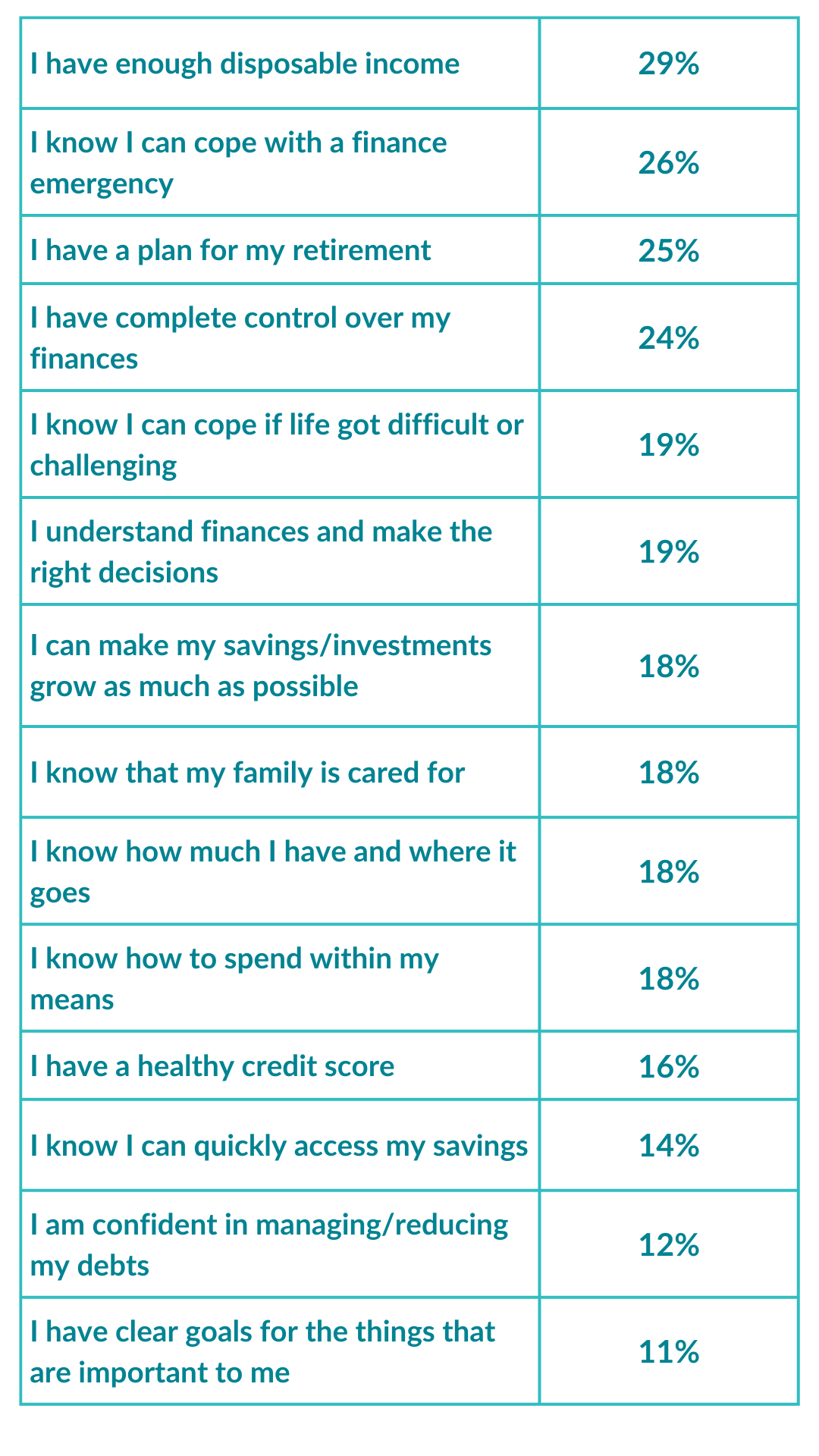In November 2023, City AM reported that adults in Britain are set to plunge themselves into a frightening £3.7bn worth of Buy Now Pay Later (BNPL) debt in the months before Christmas.
In fact, 14 million people used BNPL at least once in the six months leading up to January 2024. Frequent users were more than four times as likely as other consumers to have missed a payment on a bill or credit card.
The strain this puts on the financial health of both individuals and their families ends up significantly impacting mental wellbeing. On top of dealing with spiralling finances, familial relationships are put under strain, a sense of isolation increases, and children may even end up carrying poor money habits into their futures.
A study from the Royal College of Psychiatrists found that half of all adults with a debt problem also live with mental ill-health. This ranged from a consistent feeling of anxiety and low mood to a diagnosed mental health condition.
Worrying about debt can affect sleep. Losing out on a good night’s sleep can not only affect mood and energy levels, it can also affect someone’s ability to work or maintain relationships.
Add Christmas into the mix - 3 in 10 claim their mental health takes a ‘nosedive’ over Christmas, with affording presents and food (29%) and worry over January debt (29%) among the greatest contributors - and it’s a recipe for disaster.
Regulation is on the horizon, but can it come soon enough?
In October 2024, the UK government published a consultation setting out its plans for regulating the BNPL market. These plans “aim to ensure people using BNPL products receive clear information, avoid unaffordable borrowing, and have strong rights when issues arise.”
Key changes include requiring BNPL providers to give clear and accessible information about the risks involved, as well as running affordability checks on borrowers. BNPL customers would also be covered by Section 75 protection on purchased, and able to take complaints to the Ombudsman.
However, these changes likely won’t come into effect until 2026.
Fighting convenience with convenience
BNPL is so attractive to so many, because it’s so convenient. Unregulated credit is now just a few taps away, enticingly positioned at the checkouts of e-commerce sites; the logos are bright, the branding is aspirational. Debt has never looked so appealing.
Consumers can now take on instant debt for a takeaway, clothing or cleaning supplies. Unfortunately, it’s people that may need credit for household goods who are often the most economically vulnerable. As history has shown, when the risks of some financial products are poorly communicated, those products can leave those in dire need of support even worse off.
Data from Moneyhub’s own app shows that 25% of BNPL users over a 2 month period also spent more than 30 days overdrawn in excess of 90% of their agreed overdraft limit.
Of these users, their spending on BNPL repayments was, on average, 12% of total monthly expenditure.
One of the key pillars of financial wellness is providing tools and resources that foster financial resilience and the development of healthy money habits. And, in line with Consumer Duty regulations introduced by the FCA, financial services firms shoulder some of the responsibility for helping consumers get there.
Open Finance solutions, embedded in tools consumers already use, such as banking, pensions or investment apps, offer a practical way forward.
66% of Brits check their mobile banking app at least once a week. Technology like Moneyhub’s means they could also connect all of their other bank accounts, loans, pensions, mortgages, credit cards, and access budgeting, analysis and forecasting tools, a Personal Debt Manager, embedded credit scoring, an Emergency Cash Builder and set longer term Savings Goals, at the exact same time, through the exact same app.
These tools can help people make more informed financial decisions (such as waiting for those trainers to go into the sale, rather than taking on BNPL debt) and empowers them to cultivate healthy money management habits, eliminate debt and build essential rainy day funds.
The very idea of engaging with finances, assessing income and expenditure and making a budget can evoke feelings of overwhelm and anxiety in the average consumer. We must make these steps as easy, intuitive and convenient as possible for people.
Financial wellness must be as accessible as BNPL credit
By making financial wellness solutions just as accessible as credit options, we can bridge the gap between potentially harmful convenience and responsible financial practices. Empowering individuals with the knowledge and tools to navigate their finances effectively creates a win-win scenario. Not only do customers achieve better financial outcomes, but businesses also establish stronger, long-lasting relationships built on trust and mutual benefit, with consumers whose capacity to save or invest is increasing.
The £3.7bn projection may be music to the ears of retail, but it should sound the alarm for financial services, serving as a stark reminder of the Consumer Duty regulations and encouraging closer collaboration with consumer wellbeing groups.
To find out more about what Open Finance can do for your business, and your customers, just get in touch →










